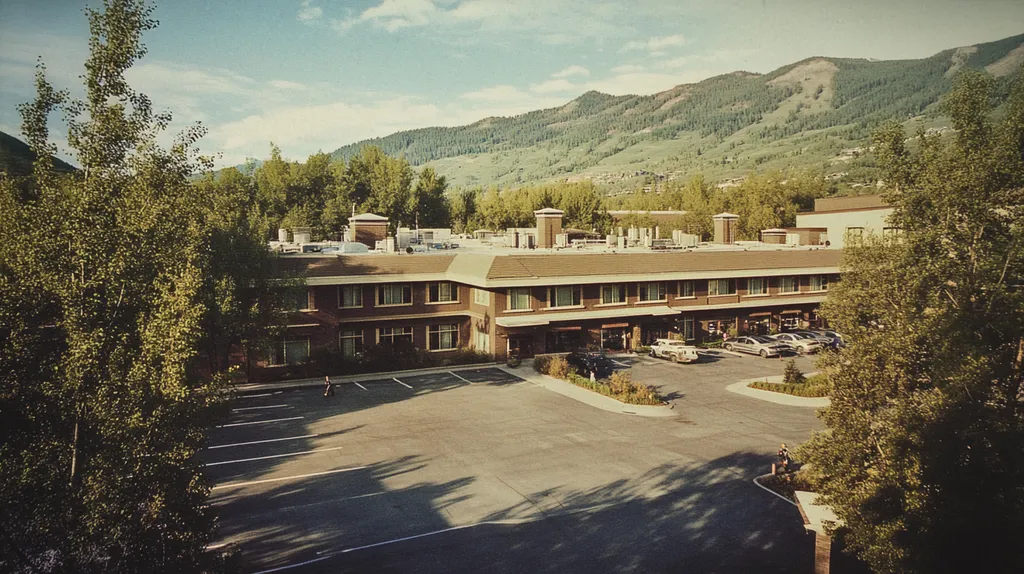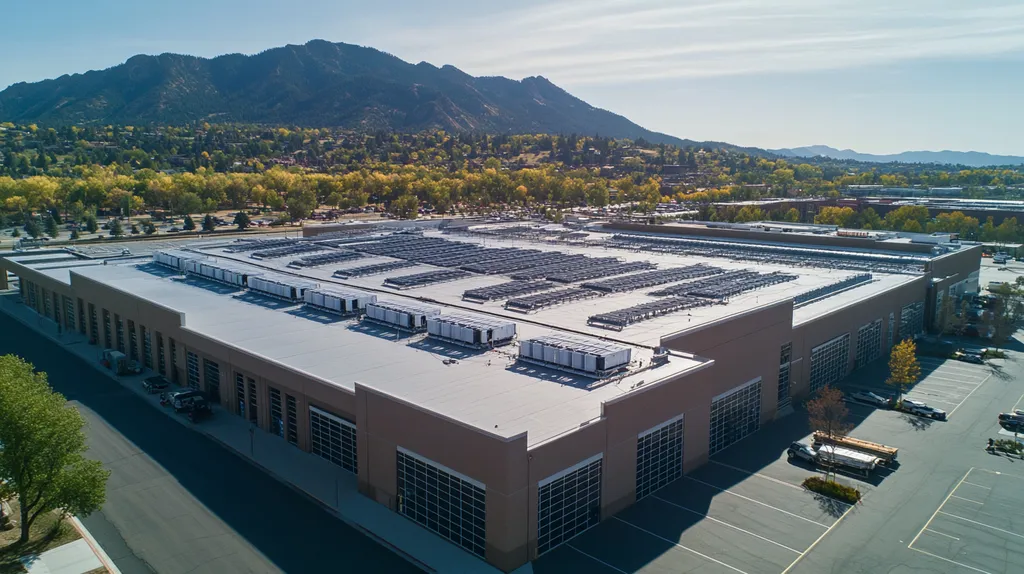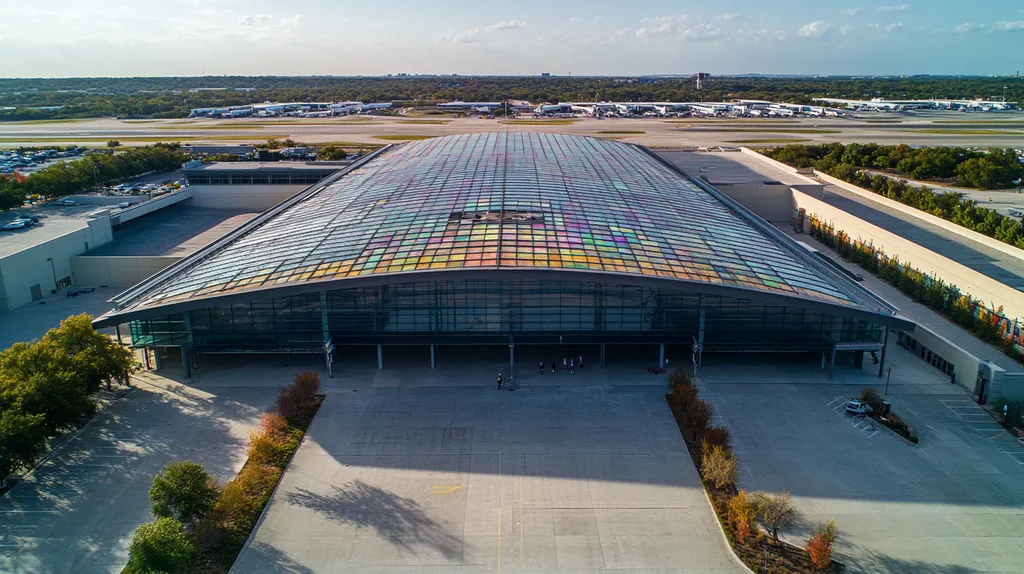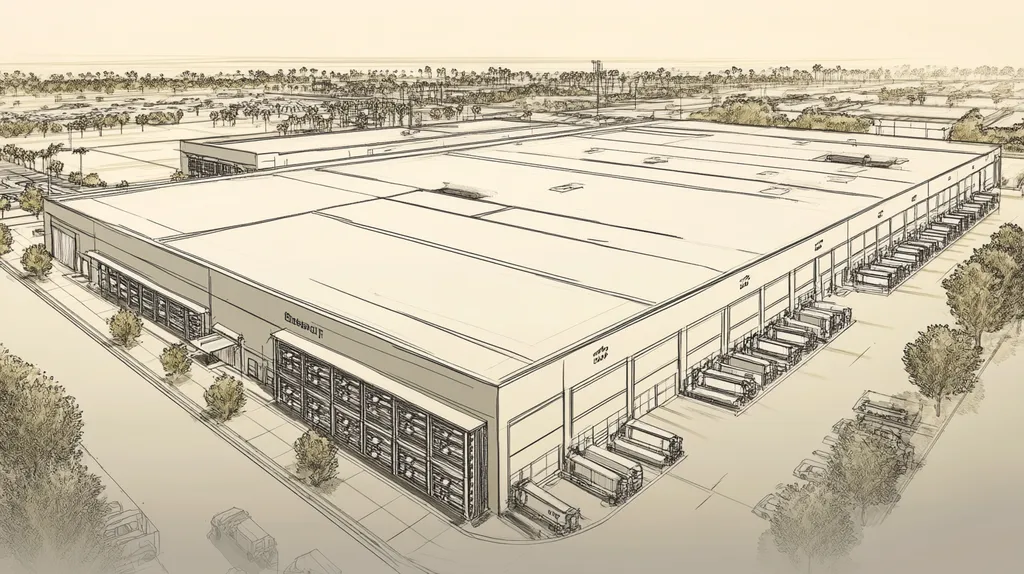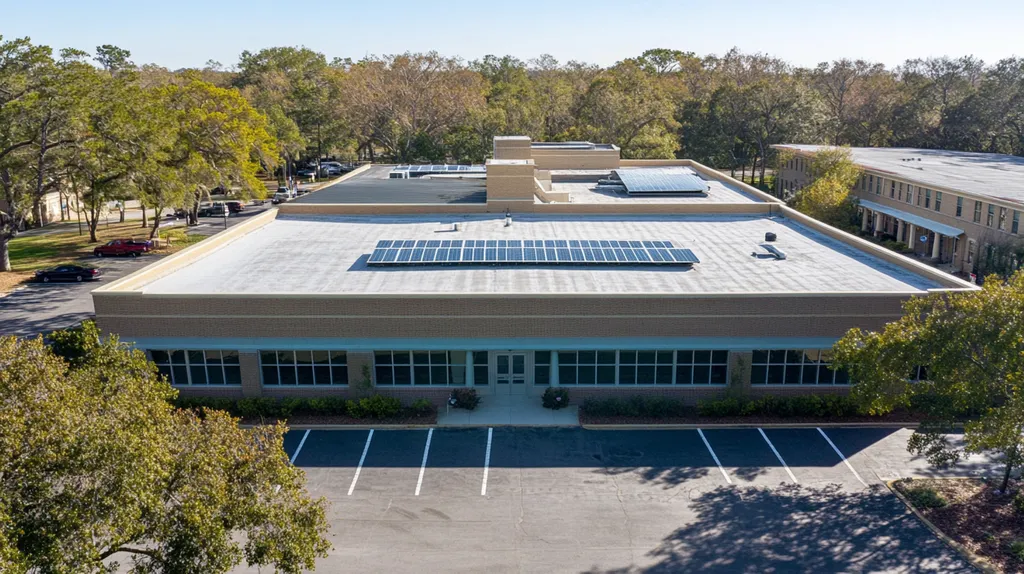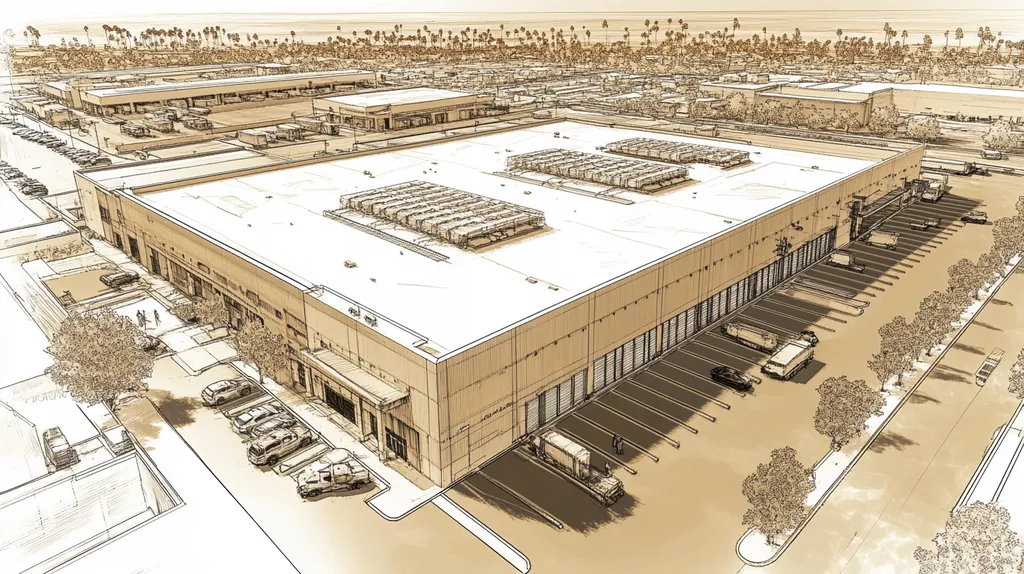Welcome to today’s Battle Royale featuring two roofing heavyweights: “TPO” in the east corner versus “PVC” in the west!
Tonight’s showdown pits these contenders against each other across six punishing rounds designed to test every aspect of their performance for Commercial Roof Systems Warranty.
At stake? Millions in potential costs, decades of building protection, and the critical performance demands of modern commercial and industrial facilities.
Our professional judging panel will evaluate each round on technical merit, real-world performance, and value delivery. After all six rounds, we’ll declare our ultimate champion.
Ladies and gentlemen, facility managers and building owners… it’s time to rumble!
ROUND 1: INITIAL COSTS & INSTALLATION
In today’s commercial roofing market, initial costs and installation decisions can impact a building’s performance for decades. With commercial roofing projects often exceeding $100,000, choosing between TPO and PVC systems requires careful consideration of upfront investments, installation requirements, and project logistics.
Material Expenses
Material costs represent a significant portion of any commercial roofing project, directly impacting budget planning and return on investment. TPO membrane typically costs $3.50-5.50 per square foot, making it an attractive option for cost-conscious property owners.
PVC roofing materials generally command higher prices, ranging from $6.00-9.00 per square foot. This premium reflects PVC’s enhanced chemical resistance and durability characteristics.
GAF, North America’s largest roofing manufacturer, offers warranties ranging from 10 to 35 years for both systems, with terms varying based on installation quality and material selection. (source: GAF)
While PVC’s higher material cost can be justified through longer service life, TPO’s competitive pricing gives it the ADVANTAGE in initial material expenses.
Installation Complexity
Installation complexity directly affects labor costs and project success rates. TPO installations typically require fewer specialized tools and techniques, allowing for faster completion with standard roofing crews.
PVC installations demand more precise seam welding and detailed attention to membrane overlap areas. This complexity requires specialized training and equipment, increasing both labor costs and the potential for installation errors.
While both systems require certified installers, TPO’s simpler installation process reduces labor hours and minimizes the risk of workmanship issues. For installation complexity, TPO claims the ADVANTAGE.
Project Timeline
Project duration impacts both direct costs and business disruption for building occupants. TPO installations typically complete 20-30% faster than comparable PVC projects due to simpler welding requirements and fewer detail areas.
PVC installations require additional time for proper seam cooling and testing, extending project timelines. This longer duration can increase labor costs and extend facility disruption.
While both systems provide excellent long-term performance when properly installed, TPO’s faster installation timeline gives it the ADVANTAGE in project scheduling efficiency.
ROUND 1 WINNER: TPO
ROUND 2: DURABILITY & LIFESPAN
When evaluating commercial roofing systems, durability and lifespan directly impact a facility’s bottom line through maintenance costs, repair frequencies, and replacement intervals. Single-ply roofing systems can represent investments exceeding $500,000 for large commercial facilities, making their longevity a critical factor in total cost of ownership.
Weather Resistance
Commercial roofs face constant exposure to UV radiation, temperature extremes, and precipitation. These environmental factors can accelerate membrane degradation, potentially leading to system failure if the material cannot withstand prolonged exposure.
TPO membranes offer good UV resistance and maintain reflectivity over time. However, early generations of TPO showed vulnerability to extreme heat and thermal cycling, though newer formulations have improved these characteristics.
PVC demonstrates superior resistance to environmental stressors, maintaining its physical properties even after decades of exposure. Its molecular structure provides enhanced stability against UV degradation and temperature fluctuations.
For weather resistance, PVC claims the ADVANTAGE.
Chemical Resistance
Industrial facilities often expose roofing materials to chemical emissions, grease discharge, and acidic rainfall. These exposures can rapidly degrade roofing membranes if they lack proper chemical resistance.
TPO provides adequate resistance to common chemicals but may show vulnerability to prolonged exposure to industrial solvents and oils. This limitation can restrict its application in certain industrial settings.
PVC excels in chemical resistance, effectively withstanding exposure to acids, bases, and industrial pollutants. This inherent resistance makes it particularly suitable for manufacturing facilities and restaurants.
PVC takes the ADVANTAGE in chemical resistance.
Long-Term Performance
System longevity directly affects facility maintenance budgets and replacement planning. Single-ply systems often carry warranties ranging from 20-30 years, though actual performance can vary significantly based on installation quality and maintenance practices. (source: GIDEON)
TPO systems typically deliver 15-20 years of service life when properly maintained. While this represents solid performance, these systems may require more frequent repairs as they age.
PVC systems regularly achieve 25-30 year lifespans, with some installations exceeding three decades. Their superior seam strength and material stability contribute to extended performance with minimal maintenance requirements.
The long-term performance ADVANTAGE goes to PVC.
ROUND 2 WINNER: PVC
ROUND 3: PERFORMANCE FACTORS
Performance factors can make or break a commercial roofing investment, with system failures often leading to extensive damage and business disruption. Modern roofing systems must balance multiple performance criteria while providing reliable protection for facilities worth millions. Understanding these factors is crucial for making informed warranty decisions that protect your investment.
Durability and Weather Resistance
Commercial roofs face constant exposure to extreme weather conditions, making durability a critical performance factor. Material warranties for both systems can range from 10-30 years, though coverage terms vary significantly between manufacturers. (source: DDP Roof Proofing)
TPO membranes demonstrate strong UV resistance and maintain their reflective properties well over time. However, they can show vulnerability to extreme temperature cycling and may require more frequent inspections to maintain warranty coverage.
PVC systems excel in weather resistance, maintaining structural integrity even under harsh conditions. Their molecular structure provides superior resistance to thermal stress and environmental degradation.
For overall durability and weather resistance, PVC claims the ADVANTAGE.
Energy Efficiency
Energy performance directly impacts facility operating costs and environmental compliance. Modern commercial roofing systems must deliver measurable efficiency gains while maintaining long-term performance.
TPO membranes feature excellent solar reflectivity, often exceeding 85% in new installations. This high reflectance helps reduce cooling loads and can contribute to significant energy savings in warm climates.
PVC systems also provide strong reflective properties and maintain their energy performance over time. Both materials deliver comparable energy benefits when properly installed and maintained.
With both systems offering similar energy performance benefits, this category results in a TIE.
Maintenance Requirements
Long-term maintenance needs significantly impact total ownership costs and warranty compliance. Regular inspections and proper maintenance are essential for preserving warranty coverage and preventing premature system failure.
TPO systems typically require more frequent maintenance inspections, particularly around seams and penetrations. This increased maintenance schedule can affect both operational costs and facility management resources.
PVC roofing generally demands less frequent maintenance intervention due to superior material stability and seam strength. Their enhanced chemical resistance also reduces the need for specialized cleaning or treatment protocols.
Given the reduced maintenance burden and longer service intervals, PVC takes the ADVANTAGE in this category.
ROUND 3 WINNER: PVC
ROUND 4: MAINTENANCE REQUIREMENTS
In commercial roofing, maintenance requirements directly impact warranty coverage and long-term performance. With roof system failures potentially causing millions in damage, proper maintenance isn’t just about preserving warranties – it’s about protecting entire facilities. Modern TPO and PVC systems each demand specific maintenance protocols that can significantly affect both operational costs and system longevity.
Regular Inspection Requirements
Regular inspections form the foundation of warranty compliance and system longevity. Material warranties can extend up to 50 years for premium systems, but coverage depends heavily on documented maintenance compliance. (source: GIDEON)
TPO systems typically require quarterly inspections, with special attention to seam integrity and surface degradation. These frequent checks help identify potential issues before they compromise system performance or warranty status.
PVC roofing generally demands only bi-annual inspections due to its superior chemical stability and seam strength. This reduced inspection frequency translates to lower maintenance costs while maintaining warranty compliance.
For inspection requirements, PVC claims the ADVANTAGE.
Repair Frequency
The frequency and complexity of repairs directly impact maintenance budgets and facility operations. Common issues like punctures, tears, and seam failures require prompt attention to maintain warranty coverage.
TPO membranes often require more frequent repairs, particularly around mechanical equipment and high-traffic areas. These interventions typically involve seam reinforcement and membrane patching.
PVC systems demonstrate superior puncture resistance and seam stability, resulting in fewer repair incidents. When repairs are needed, PVC’s weldability makes fixes more reliable and durable.
PVC takes the ADVANTAGE in repair frequency.
Cleaning and Preventive Care
Regular cleaning and preventive maintenance preserve system performance and warranty validity. Debris accumulation, chemical exposure, and environmental factors can accelerate membrane degradation.
TPO roofs need thorough cleaning every 6-12 months to maintain reflectivity and prevent chemical damage. Additional treatments may be required in areas with high industrial emissions or chemical exposure.
PVC membranes resist dirt accumulation and chemical contamination, requiring less intensive cleaning protocols. Their inherent chemical resistance also reduces the need for specialized cleaning treatments.
The ADVANTAGE goes to PVC for simpler preventive care requirements.
ROUND 4 WINNER: PVC
ROUND 5: SUSTAINABILITY CREDENTIALS
Environmental considerations now drive commercial roofing decisions as much as performance and cost. With increasing regulations around building sustainability and growing pressure for corporate environmental responsibility, roofing choices directly impact both compliance requirements and market value. A sustainable roofing strategy can reduce operational costs by up to 30% while helping facilities meet stringent environmental standards.
Recyclability and Material Composition
Material recyclability and composition directly influence a building’s environmental impact and future disposal costs. Modern commercial facilities must consider end-of-life scenarios as part of their sustainability planning.
TPO membranes contain no plasticizers or chlorine-based materials, making them fully recyclable at end-of-life. Their simplified chemical composition reduces environmental impact during both manufacturing and disposal phases.
PVC roofing requires significant energy during production and contains chlorine-based compounds that complicate recycling efforts. While technically recyclable, the process is more energy-intensive and less widely available than TPO recycling.
For environmental impact and recyclability, TPO claims the ADVANTAGE.
Energy Performance
Roofing energy performance significantly impacts building efficiency and operating costs. Reflective roofing can reduce peak cooling demands by up to 15% in commercial buildings.
TPO systems maintain exceptional solar reflectivity throughout their service life, typically achieving reflectance values above 0.70 even after years of exposure. This sustained performance helps facilities maintain consistent energy savings.
PVC roofing offers comparable initial reflectivity but may experience more significant degradation over time. While still energy-efficient, PVC systems often require more frequent cleaning to maintain optimal reflection values.
In energy performance metrics, this category results in a TIE.
Environmental Impact
Manufacturing processes and chemical emissions increasingly influence roofing material selection. Facilities must balance immediate performance needs against long-term environmental considerations.
TPO production generates fewer harmful byproducts and requires less energy than traditional roofing materials. The membrane’s simplified chemistry reduces both manufacturing emissions and potential environmental leaching during service.
PVC manufacturing involves chlorine-based processes that can produce harmful emissions. While modern production methods have improved, PVC’s environmental footprint remains larger than TPO alternatives.
For overall environmental impact, TPO takes the ADVANTAGE.
ROUND 5 WINNER: TPO
ROUND 6: SPECIALIZED APPLICATIONS
Specialized commercial roofing applications present unique challenges that can make or break warranty coverage and system performance. With specialized installations often exceeding $1 million in project costs, choosing the wrong system can lead to premature failure and extensive property damage. Understanding how TPO and PVC perform in demanding applications helps facility managers protect their investments while maintaining comprehensive warranty coverage.
Industrial Environment Performance
Industrial facilities expose roofing systems to harsh chemicals, extreme temperatures, and mechanical stress that can rapidly degrade standard materials. TPO membranes provide good baseline chemical resistance but may show vulnerability to prolonged exposure to industrial solvents and oils.
PVC systems excel in industrial settings, offering superior resistance to chemicals, acids, and grease. This enhanced protection makes PVC particularly valuable for manufacturing facilities, laboratories, and food processing plants.
For specialized industrial applications, PVC gains the ADVANTAGE.
High-Traffic Areas
Rooftop equipment, maintenance access, and mechanical systems create high-traffic zones that demand exceptional durability. TPO systems offer good puncture resistance but may require additional protection layers in heavy traffic areas.
PVC membranes deliver superior puncture resistance and maintain structural integrity even under frequent foot traffic. Their enhanced durability reduces the need for walkway pads while ensuring consistent warranty coverage.
PVC claims the ADVANTAGE in high-traffic applications.
Complex Geometries
Modern commercial architecture often features complex roof designs that challenge traditional installation methods. TPO membranes offer good flexibility and can conform to various shapes, but may require additional seaming in complex areas.
PVC systems provide exceptional flexibility and superior seam strength, making them ideal for roofs with multiple penetrations, unusual angles, or curved surfaces. Their enhanced weldability ensures reliable performance even in the most challenging configurations.
The ADVANTAGE goes to PVC for complex geometries.
ROUND 6 WINNER: PVC
AND THE WINNER IS…
After six grueling rounds of technical evaluation, we have our verdict…
With a commanding 4-2 victory over TPO, PVC claims the Commercial Roof Systems Warranty Championship!
PVC dominated the competition through superior durability, chemical resistance, and specialized application performance. Its championship-caliber showing in maintenance requirements and long-term performance proved decisive in securing this historic victory.
But don’t count TPO out completely! This scrappy contender showed impressive strength in initial costs, installation efficiency, and sustainability credentials. For budget-conscious projects without extreme chemical exposure or complex geometries, TPO remains a formidable challenger.
IMPORTANT NOTICE: Every building represents a unique combination of requirements, local conditions, and property characteristics that can significantly impact roofing system performance. This analysis provides general guidance but cannot account for all variables. Always consult qualified roofing professionals who can evaluate your specific situation before making final decisions.
Ladies and gentlemen, in the high-stakes world of commercial roofing, there’s no substitute for matching your facility’s specific demands with the right system’s strengths. The true victory comes not from blindly following the champion, but from making an informed choice that protects your investment for decades to come.
FREQUENTLY ASKED QUESTIONS
Q. What are the initial costs of a commercial roof system?
A. Initial costs for commercial roofing can vary significantly. TPO is typically priced at $3.50-5.50 per square foot, making it a budget-friendly choice. Conversely, PVC systems generally range from $6.00-9.00 per square foot due to their enhanced durability. Understanding these costs helps with long-term budgeting and planning.
Q. How do TPO and PVC roofing systems compare in durability?
A. PVC roofing systems generally offer superior durability compared to TPO. They resist UV degradation and thermal stresses better, ensuring a longer lifespan ranging from 25-30 years. TPO systems, while effective, may require more frequent repairs and typically last 15-20 years, making durability vital for long-term investment.
Q. What performance factors should I consider for a commercial roof?
A. Key performance factors include durability, weather resistance, and maintenance needs. Both roofing systems offer solid performance, but PVC excels in harsh conditions. Additionally, energy efficiency plays a crucial role in operating costs, impacting long-term budget considerations for facilities.
Q. How often should a commercial roof be inspected?
A. Inspection frequency depends on the roofing type. TPO systems typically require quarterly inspections, focusing on seams and surface integrity. In contrast, PVC roofing usually only needs bi-annual inspections due to its superior material stability. Regular inspections are critical for maintaining warranty coverage and avoiding costly repairs.
Q. Which roofing system offers better sustainability credentials?
A. TPO roofs generally offer better sustainability credentials. They contain no chlorine-based materials, making them fully recyclable, while PVC production is more energy-intensive due to its chemical composition. Choosing a sustainable roofing option is essential for meeting environmental compliance and reducing long-term costs.
Q. Can you use TPO or PVC in specialized commercial applications?
A. PVC is often more suitable for specialized applications, such as industrial settings. It exhibits better resistance to harsh chemicals and weather conditions than TPO. For high-traffic areas or complex roof designs, PVC’s superior durability makes it an ideal choice, while TPO may require additional protective measures.
Q. What warranty options are available for TPO and PVC systems?
A. Both TPO and PVC systems come with warranties ranging from 10 to 35 years. Warranties vary based on installation quality and specific materials used. Understanding warranty terms is crucial for maximizing coverage and ensuring long-term performance of your commercial roofing system.

